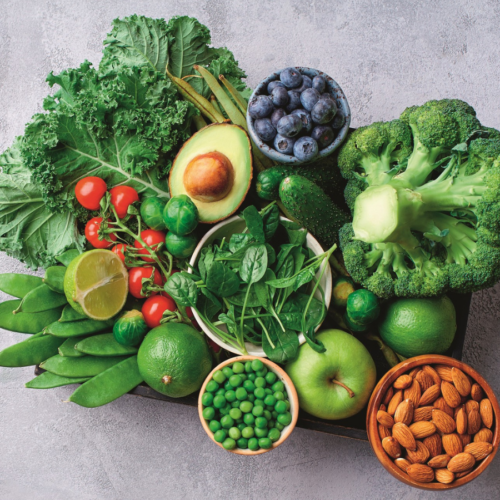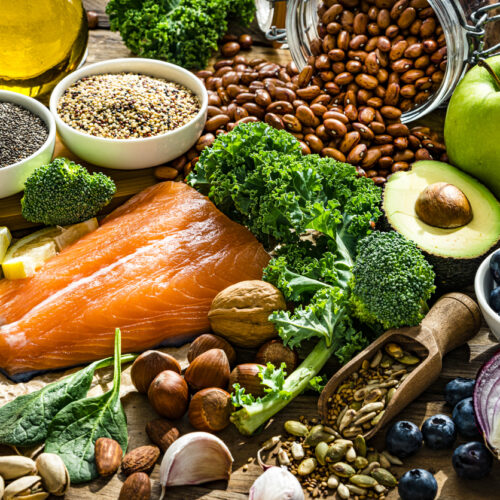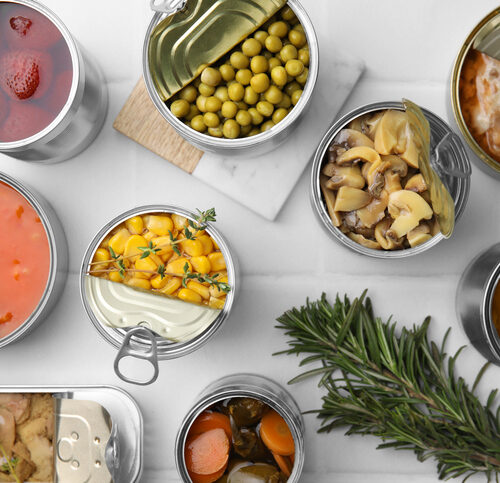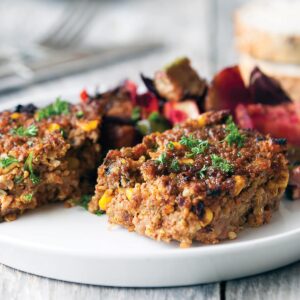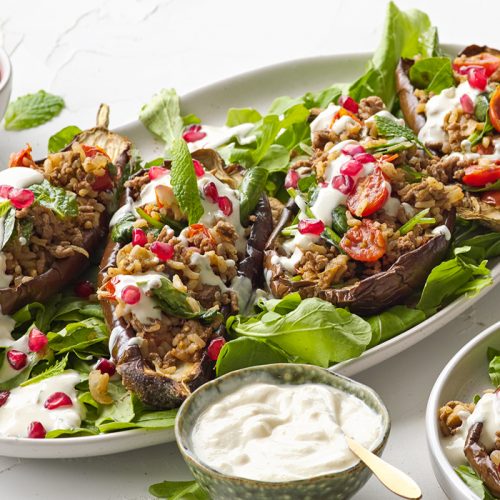
This old wives' tale harkens back to 16th-century England. We investigate whether there is any truth in it.
Danish researchers conducted a small study assessing how immune responses varied between well-fed versus 'fasted' healthy adults.
Eating the food stimulated a localised immune response more suited to fighting viral infections, whereas a lack of food stimulated a systemic response geared at fighting bacterial infections. This preliminary research supports the 'feed a cold, starve a fever' wisdom.
However, it's likely to be more relevant to fevers induced by bacterial infections, not the ones commonly associated with influenza (viral infections).
In the case of colds and flu, the best advice is still feed a cold, feed a fever!
Not hungry? Foods to tempt the waning or non-existent appetite
Although nutrition is important in maintaining energy levels and bolstering immunity, the appetite can be the first to go when sickness strikes.
A stuffed-up nose can make the usual favourites unsavoury by altering taste.
A sore throat may make dry, hard or crunchy foods unpalatable.
Chest congestion or a general lack of energy may make chewing seem like too much effort.
Everyone differs, but to start try blander foods that are soft or liquid, and nutrient-dense. Examples include vegetable-based or clear broth soups, stews, porridge with milk, fruit smoothies, custard, fruited jellies, and baked beans.
Keep foods and fluids nearby, and eat small meals and snacks throughout the day to help improve energy intake.
5 low-effort cooking ideas
Try these easy, nutritious ideas when energy's lagging and the appetite low:
-
Poached eggs on toast with a glass of OJ
-
Split pea and ham soup (or other ready-made soup) and a soft bread roll
-
Custard or creamed rice with fresh or tinned fruit and herbal lemon tea
-
Baked beans on toast with a mug of hot blackcurrant juice
-
Fruit smoothie made with kiwifruit, yoghurt and a sprinkle of wheat-germ
www.healthyfood.com


